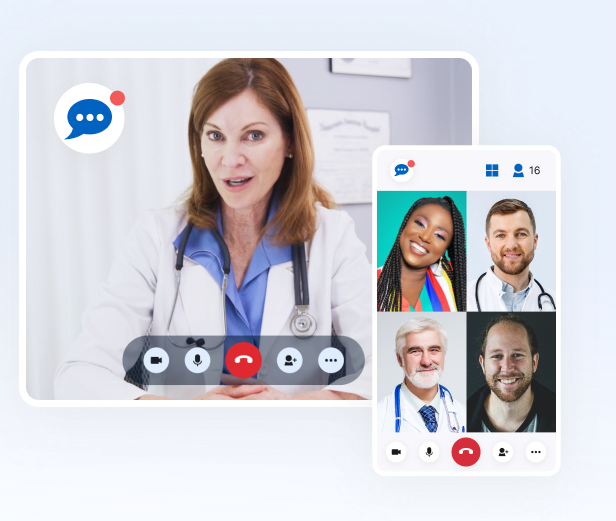Introduction
Telehealth product development is at the forefront of healthcare innovation, shaping the future of how medical services are delivered. The ongoing advancements in technology have paved the way for transformative changes in virtual healthcare, making it more accessible, efficient, and effective than ever before. In this article, we will explore the latest innovations in telehealth product development that are driving the future of virtual healthcare.
-
Telemedicine Platforms with Artificial Intelligence (AI)
Telemedicine platforms are increasingly incorporating AI-driven features that enhance patient care. AI-powered chatbots can assist with initial patient inquiries, schedule appointments, and even offer preliminary medical advice. Machine learning algorithms analyze patient data to provide personalized treatment plans and predict health trends, improving diagnostic accuracy and treatment outcomes.
-
Wearable Health Tech and Remote Monitoring Devices
Wearable devices and remote monitoring technology have become essential tools in telehealth. These devices, ranging from smartwatches to continuous glucose monitors, enable patients to track their vital signs and health metrics in real-time. Healthcare providers can remotely monitor patients with chronic conditions, making early interventions possible and reducing hospital admissions.
-
Virtual Reality (VR) for Telemedicine
Virtual reality is transforming telehealth experiences, particularly in mental health and physical therapy. VR can create immersive environments for therapy sessions, helping patients manage pain, anxiety, and stress. Additionally, VR telehealth applications are being used in medical training and simulation for healthcare professionals.
-
Blockchain for Secure Health Data
Data security is paramount in telehealth, and blockchain technology is emerging as a solution to protect patient information. By decentralizing and encrypting health records, blockchain ensures data integrity, security, and patient consent, empowering individuals to have greater control over their healthcare data.
-
5G Connectivity
The rollout of 5G networks has significantly improved the speed and reliability of telehealth services. High-speed connectivity facilitates high-definition video consultations, seamless data transmission, and low-latency communication between patients and healthcare providers, even in remote or rural areas.
-
Telehealth Robotics
Robotics is making strides in telehealth, enabling remote physical examinations and surgeries. Telehealth robots equipped with cameras and medical instruments are controlled by healthcare professionals to perform assessments and procedures from a distance, expanding access to specialized care.
The Future of Telehealth Product Development
The future of telehealth product development is filled with promise. As technology continues to evolve, we can anticipate:
-
More Integration with IoT Devices: Telehealth will increasingly integrate with a wider range of Internet of Things (IoT) devices, further enhancing remote monitoring capabilities.
-
Enhanced Telepharmacy Services: Telepharmacy services will expand, allowing patients to consult with pharmacists virtually and receive medication management and counseling.
-
Global Telehealth Access: Telehealth will continue to bridge geographical barriers, providing global access to specialized medical expertise and reducing healthcare disparities.
-
Telehealth Ecosystems: Comprehensive telehealth ecosystems will emerge, connecting patients, providers, insurers, and pharmacies for streamlined healthcare experiences.
Conclusion
Telehealth product development is driving a revolution in virtual healthcare, leveraging innovations such as AI, wearable devices, VR, blockchain, 5G, and telehealth robotics. These advancements are making healthcare more accessible, personalized, and efficient, ultimately improving patient outcomes and reducing healthcare costs. As telehealth continues to evolve, it promises to reshape the healthcare landscape, offering a future where quality healthcare is accessible to all, regardless of geographical location.
